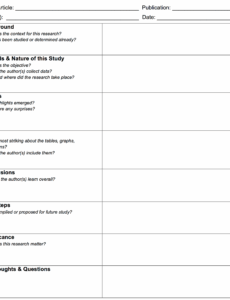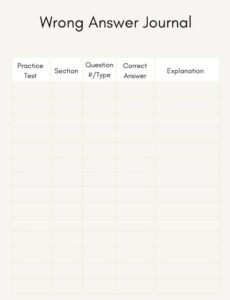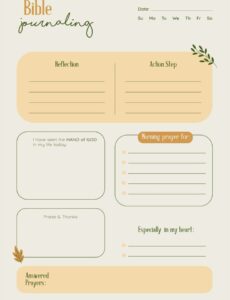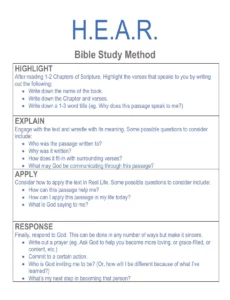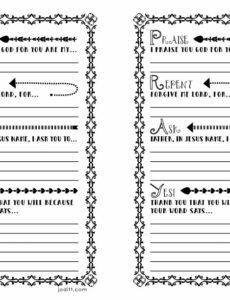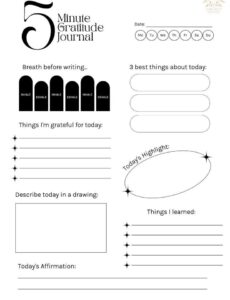Embarking on a journey of recovery from an eating disorder is incredibly brave and challenging, often feeling like navigating uncharted waters. One of the most powerful tools many individuals and their care teams find invaluable is a food journal. It’s not about strict rules or judgment, but rather about building awareness and gaining insight into patterns, thoughts, and feelings surrounding food and eating.
When used mindfully and under the guidance of professionals, a structured approach can make this process less overwhelming. This is where an eating disorder food journal template comes into play, offering a consistent framework to track experiences without adding unnecessary stress, helping to illuminate the path toward a healthier relationship with food and body.Understanding the Role of a Food Journal in Recovery
A food journal, particularly one designed for those recovering from an eating disorder, serves as much more than a simple record of what you eat. It’s a reflective tool, a silent companion that helps you and your treatment team understand the intricate connection between your food intake, your emotions, and your daily experiences. By regularly jotting down observations, you begin to identify triggers, recognize subtle shifts in your hunger and fullness cues, and uncover underlying thoughts that might be influencing your eating behaviors.
The goal isn’t to scrutinize every morsel but to foster a non-judgmental awareness. It helps in recognizing emotional eating patterns – for instance, noticing if certain feelings consistently lead to specific food choices, or if particular situations provoke anxiety around meals. This clarity is a crucial step towards developing healthier coping mechanisms and making informed, conscious choices rather than reactive ones.
Furthermore, an eating disorder food journal template acts as a vital communication bridge between you and your therapists or dietitians. Your care team can review your entries to gain deeper insights into your struggles and progress. This shared information allows them to tailor strategies, offer targeted support, and adjust your treatment plan more effectively, ensuring that the guidance you receive is truly personalized to your unique needs.
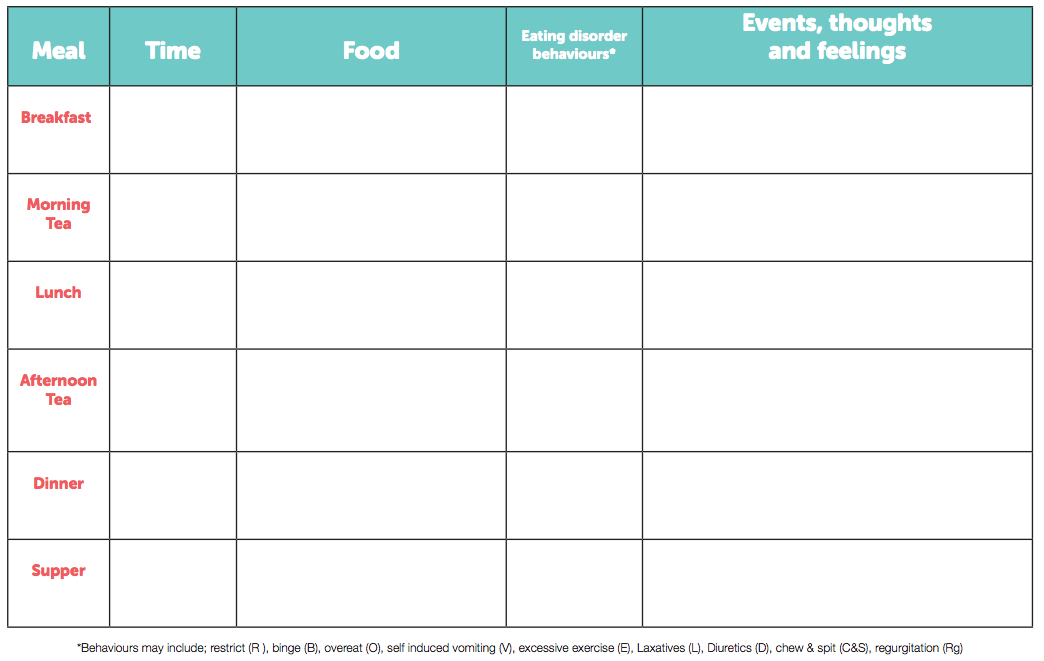
Ultimately, consistent journaling, guided by a well-designed template, supports the process of rebuilding a trusting relationship with food and your body. It helps in challenging distorted thoughts, normalizing eating patterns, and gradually empowering you to regain a sense of control and autonomy over your health and well-being. It is a tool for self-discovery and a pathway to a more peaceful existence.Key Elements to Include in Your Food Journal Template
- Date and Time: To track patterns across days and times.
- Food and Drink Consumed: A clear, objective list of what was eaten.
- Amount/Portion Size: To help in assessing adequacy and consistency.
- Hunger and Fullness Scale: Often a 1-10 scale to rate physical hunger before and after eating.
- Feelings and Thoughts: Space to note emotions, anxieties, or successes related to eating.
- Location and Company: Where you ate and with whom, as external factors can influence eating.
- Activity Before/After: Any significant activities that might impact appetite or mood.
Crafting Your Own Supportive Eating Disorder Food Journal Template
While a basic eating disorder food journal template provides an excellent starting point, true effectiveness often comes from personalizing it to fit your specific journey and recovery goals. Every individual’s experience with an eating disorder is unique, and therefore, their tracking tool should reflect that individuality. Consider what aspects of your eating patterns or emotional responses you and your care team most need to monitor. Perhaps you need more space to write about body image thoughts, or maybe a section specifically for challenging negative self-talk.
Flexibility is key. Don’t feel locked into a rigid structure if it doesn’t serve you. As you progress in recovery, your needs might change. You might start by tracking every detail and gradually move towards focusing on broader emotional patterns or specific challenge foods. Discuss these adaptations with your dietitian or therapist; they can help you modify your template to remain relevant and supportive at each stage of your healing process.
Think about the format that works best for you. Some prefer a physical notebook for the tactile experience of writing, while others might find a digital app or a printable PDF easier to manage discreetly. The most important thing is that the template is accessible, easy to use, and doesn’t add to your stress. Experiment with different layouts, colors, or even the inclusion of calming affirmations to make the act of journaling a more positive experience.
Remember, the purpose of your personalized eating disorder food journal template is to be a supportive ally, not another source of pressure. It’s a tool for gathering information that empowers you and your treatment team to make informed decisions. By tailoring it to your unique situation and regularly reviewing it with your professionals, you transform a simple log into a powerful instrument for self-understanding and lasting recovery.
Engaging with a food journal, especially one customized for your needs, is a significant step toward developing a more conscious and compassionate relationship with food and yourself. It provides a structured way to observe without judgment, offering insights that are invaluable to both you and your supportive care team. This process, while sometimes challenging, lays the groundwork for profound self-discovery and healing, guiding you away from old patterns and towards a future of greater peace and well-being.
Embrace this tool as part of your broader journey to recovery, knowing that each entry contributes to a deeper understanding and empowers you to make healthier choices. With consistent effort and the guidance of your professionals, you are actively building a foundation for sustainable health and a life free from the constraints of your eating disorder.
